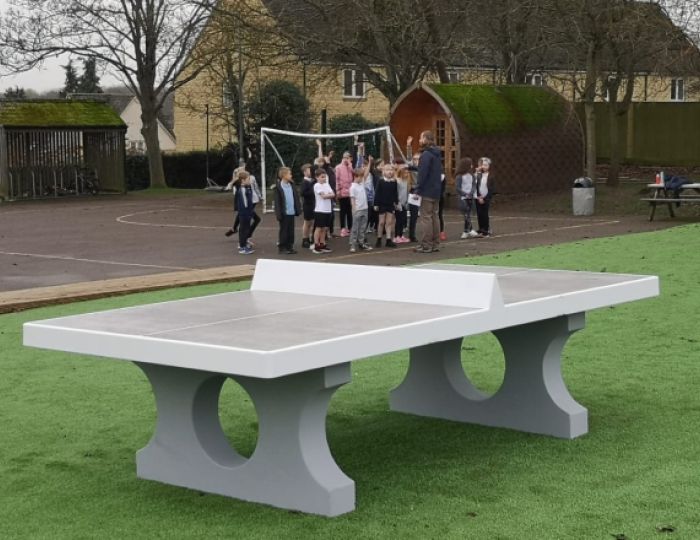Workplaces are characterised by constraints and uncertainties. There will often be exhortations to achieve more with less and a relentless raising of expectations, alongside a lowering of available resources. You can add to that the simple, stress-inducing truth that as a leader, you’re ultimately judged on the back of performance delivered by others.
‘VUCAA’ is a relatively new acronym used to describe the challenges faced by leaders in organisations today. It stands for ‘Volatility, Uncertainty, Complexity, Ambiguity and Adversity’ – and what I’m going to discuss here is how it might resonate with your own experiences of managing the multiple challenges involved in giving children the best start in life.
How can you ensure that you and your senior colleagues are able to help others become stronger and more capable? How can you see to it that your staff thrive and flourish, remain independent and creative within their roles, assume responsibility for their professional development and model the attitudes and behaviours of a growth mindset?
Keep it simple
A quote widely attributed to Einstein holds that, “Everything should be as simple as possible, but no simpler than it really is.” In striving for simplicity we should remember that there is one constant in the world of VUCAA – the quality of the people who work with us. I don’t believe that clichéd (and slightly insulting) phrase that ‘People are our greatest asset’, but I do believe that an organisation’s greatest assets will be its people’s strengths and personal resources. These are what high quality coaching will seek to bring to the fore.
Learning, improved performance, better results – whatever you call it – will ultimately be achieved through conversations, of which coaching is just one example. Coaching is a powerful approach and skillset that leaders at all levels can incorporate into their roles and benefit from – yet in my experience of having worked with over 2000 schools around the world, interpretations as to what effective coaching actually is, and its subsequent impact on learning, vary greatly.
‘Coaching’ is merely a conversation which has a clear focus on learning and movement – shifting from where you are now, to where you want, need or could be. This implicit shift can be behavioural, or rooted in the learner’s thinking or attitude – ‘Doing or viewing’, as it’s known.
Once staff have received some training in a coaching approach, however, what can sometimes happen is that people will seek to apply it in nearly every workplace conversation they have. It’s therefore really important to also build awareness of when not to coach.
The conversation continuum
Workplace conversations occur along a continuum. At one end there’s the managerial approach, in which people are told what to do by someone possessing authority, experience or expertise. There’s nothing inherently right or wrong with this, incidentally.
At the opposite end of the continuum there’s coaching. This is a facilitative approach, in which the coach makes a deliberate choice to hold the coachee as expert. They consciously decide to not provide answers, but rather take a significantly curious approach in order to elicit the coachee’s strengths, resources and options for change (WHAT to do). After this, they will explore and rehearse the strategy and steps for action (HOW to do it) – though this is just one possible option.
Then there’s the middle ground, which is where we find the mentoring approach. This is where the coach/ mentor will offer some suggestions and ideas to the coachee, encourage them to be responsible for the choice of action and then explore the ‘HOW’ of taking that action.
Remember the context
The crucial thing to bear in mind is that it’s okay to occupy any of those points on the continuum if the approach is contextually appropriate to the outcome you’re looking for. If you want to be fully in control of what happens – or if there’s a specific direction you need to take with regards to a child protection, health and safety or school policy issue – then the direct, managerial approach will be most suitable.
If, however, you want the coachee to take ownership of their development in order to build their initiative, independence and increase their motivation, while ensuring that their decision making remains sharp and their performance sustainable, then a nondirect approach will be most apposite.
I would encourage those in ‘coaching’ roles to enter just those conversations that really matter – and even then, only with clarity around the desired intention and outcome. Deciding on the most useful approach – be it telling, sharing or asking – should then become much more straightforward.
Any school wanting to employ coaching as a way of building capacity in staff should consider the following:
1. Reach consensus as to what you, as a school, mean by ‘coaching’ and how you wish to use it to support learning. Encourage SLT to read around the subject (you can email me at enquiry@andyvass.net for a suggested reading list).
2. Source high-quality training from someone who has made an impact elsewhere. Ask to talk to other schools.
3. Don’t just use coaching to tackle underperformance or problems. Engage your good and outstanding staff in the process too – remember that they want to be even better.
4. Be clear with your staff that this is not ‘just another initiative’, but rather a way of making conversations that you’re already having more elegant and effective through the use of coaching.
5. Create opportunities to practice and build these into all meetings. Ideally, you’ll be able to share your approach to training with the rest of your school cluster or partner schools. Not only is this more economical, it will also allow you and your colleagues to develop a wider skillset.
A simple framework from which a coaching conversation could develop might include the following:
• What have you done over the past month that you’re pleased with?
• What personal resources or qualities did you call upon in doing that?
• Where would you like to focus your attention over the coming month to become even better?
• Who or what would help you achieve that?
• How will you go about putting that plan into action?










